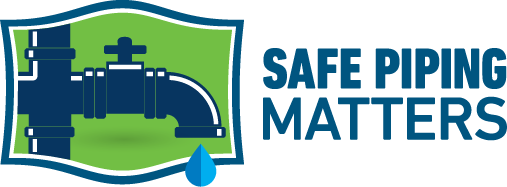The Lie of Plastic Recycling

The Lie of Plastic Recycling Bloomberg investigative reporter Kit Chellel put two trackers inside pieces of plastic and deposited them in recycling bins at 3 Tesco locations in the UK. The linked video provides a fascinating look inside a “hidden ecosystem that very few people have oversight of… dirty smelly places to be sorted and […]
Building Evolution – A Look at Materials, Part 2: Issues and Alternatives

Building Evolution – A Look at Materials, Part 2: Issues and Alternatives In our previous post, we discussed the risks associated with increased use of plastics for construction and interior furnishings. The adjacent diagram shows where plastic materials commonly appear in low-rise and multi-story commercial and multi-unit residential structures. (Click the image to view at full […]
Humans Consume 39,000-52,000 Microplastics a Year
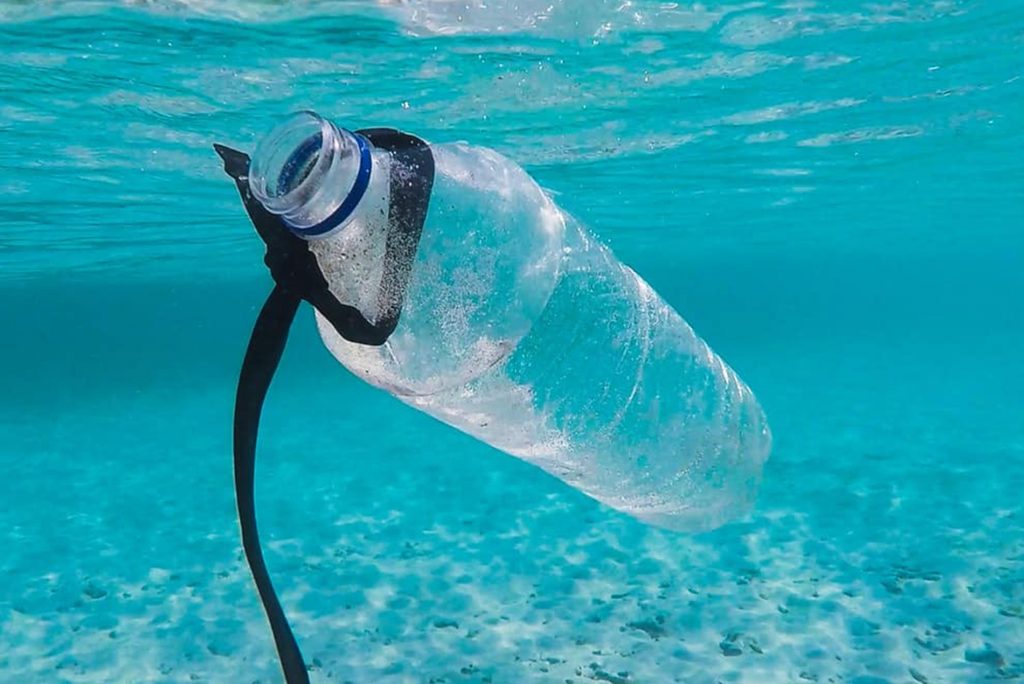
Humans Consume 39,000-52,000 Microplastics a Year Health Effects May Include Reproductive and Digestive Issues The rising concern around microplastics’ effect on water quality and human health has accelerated after a new study estimated humans consume 39,000 – 52,000 microplastics a year. According to the study, individuals that consume the recommended amount of tap water could […]
How Leaching Affects Water Quality
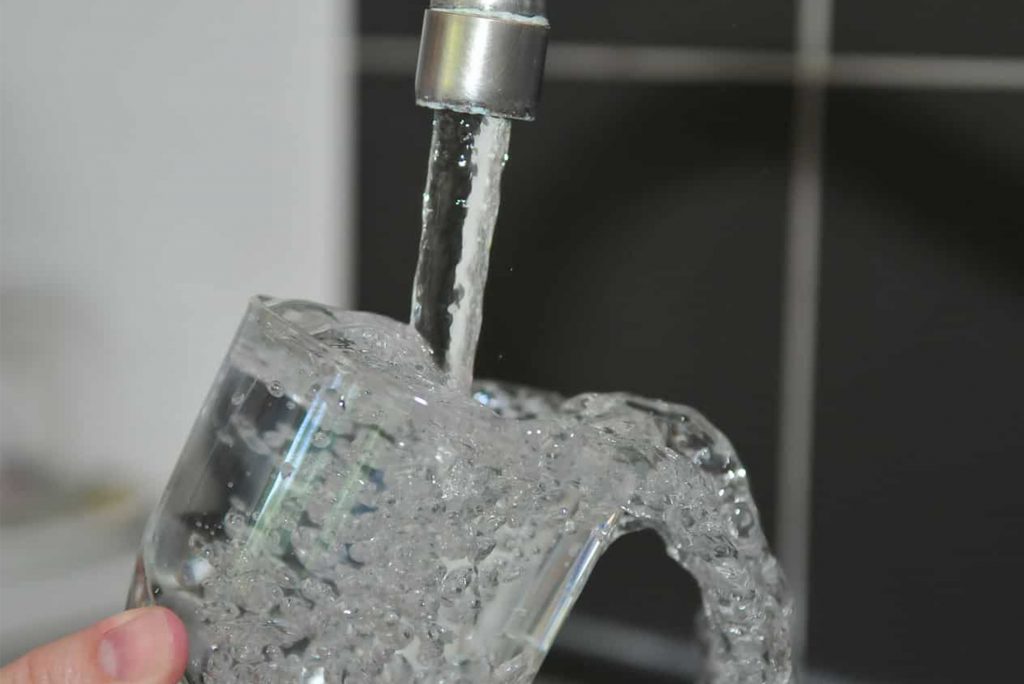
How Leaching Affects Water Quality When selecting pipes for drinking water systems, it’s critical to understand and evaluate the effect materials can have on water quality and human health. Clean water can become contaminated as it travels from a distribution facility, through a complex maze of pipes, and finally through a faucet. One lesser-known risk […]
Impacts of Pipe Leaching on Water
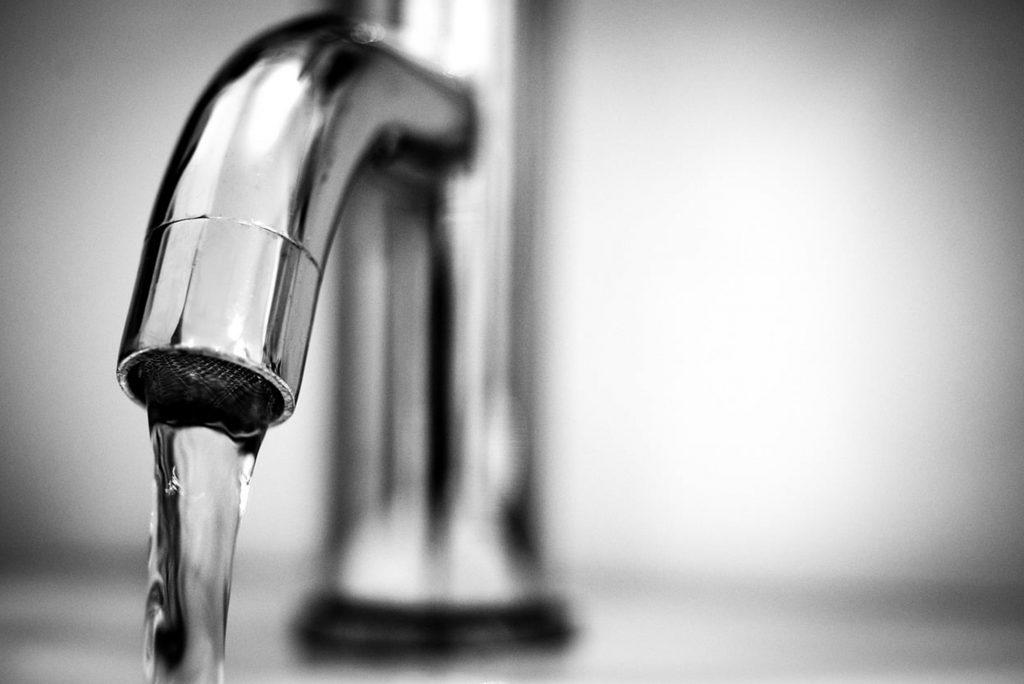
Impacts of Pipe Leaching on Water Chemical interactions between water and piping materials — typically oxidation — and the principles of osmosis mean all piping materials leach substances into water to some degree. Some materials are far safer than others, however. For example, lead pipes and fittings have emerged as a serious public health threat […]
Drinking Water and Plumbing After the Camp Fire

Drinking Water and Plumbing After the Camp Fire By Julie Jenks, active volunteer at the Camp Fire Zone Project and Biology Instructor at Butte College About the Event Experts in plumbing and engineering from Purdue University held a community event entitled “Drinking Water and Plumbing After the Camp Fire” on Thursday June 27, 2019 at […]
Codes Must be Responsive to Current and Future Hazards
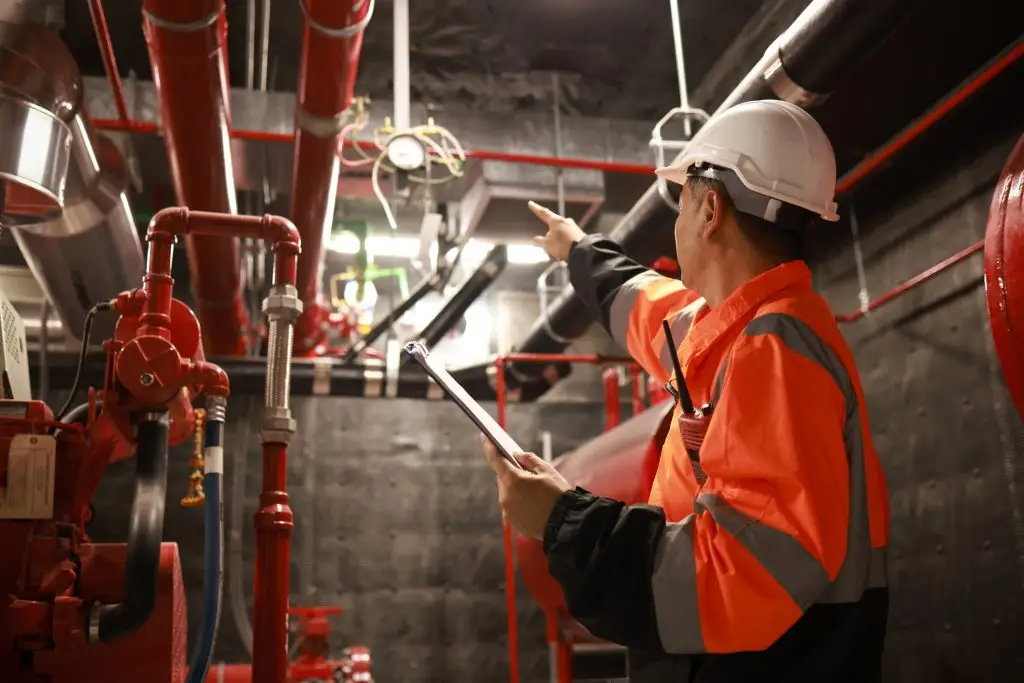
Codes Must be Responsive to Current and Future Hazards By Jay Peters, Codes & Standards International In one of my recent articles, “Building Products, They Comply with Code But Are They Safe,”I insinuated that PVC and some plastics could become the next asbestos or lead and caught some flak from friends in the plastic piping […]
Plumbing and Firefighting Associations Call for Plastic Piping Ban
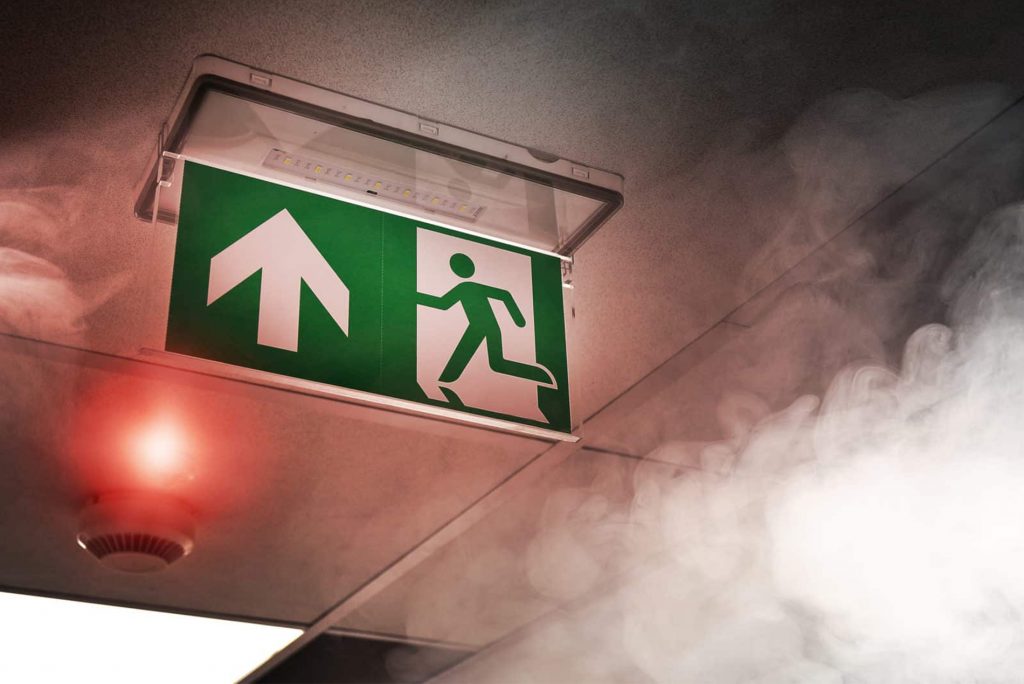
Plumbing and Firefighting Associations Call for Plastic Piping Ban The International Association of Fire Fighters (IAFF) and the United Association of Plumbers, Fitters, Welders and HVAC Service Techs (UA) recently called for a ban on plastic piping in hospitals, nursing facilities, high rise residential structures, and healthcare facilities. Using materials other than plastic will reduce […]
How Do Microplastics Enter the Water Supply?
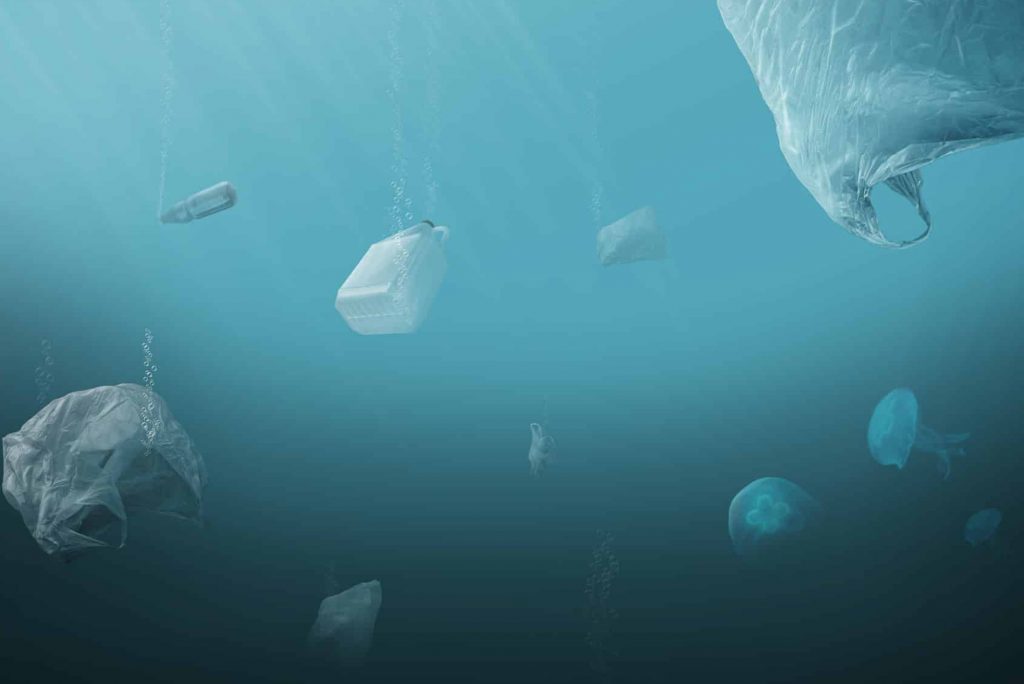
How Do Microplastics Enter the Water Supply? Microplastics are small pieces of plastic less than five millimeters in length and represent a serious threat to the safety of our water. Microplastics release toxic chemicals, are consumed by both people and animals, and are prevalent throughout North America’s water infrastructure. How does all this plastic find […]
Are Copper Pipes Safe?
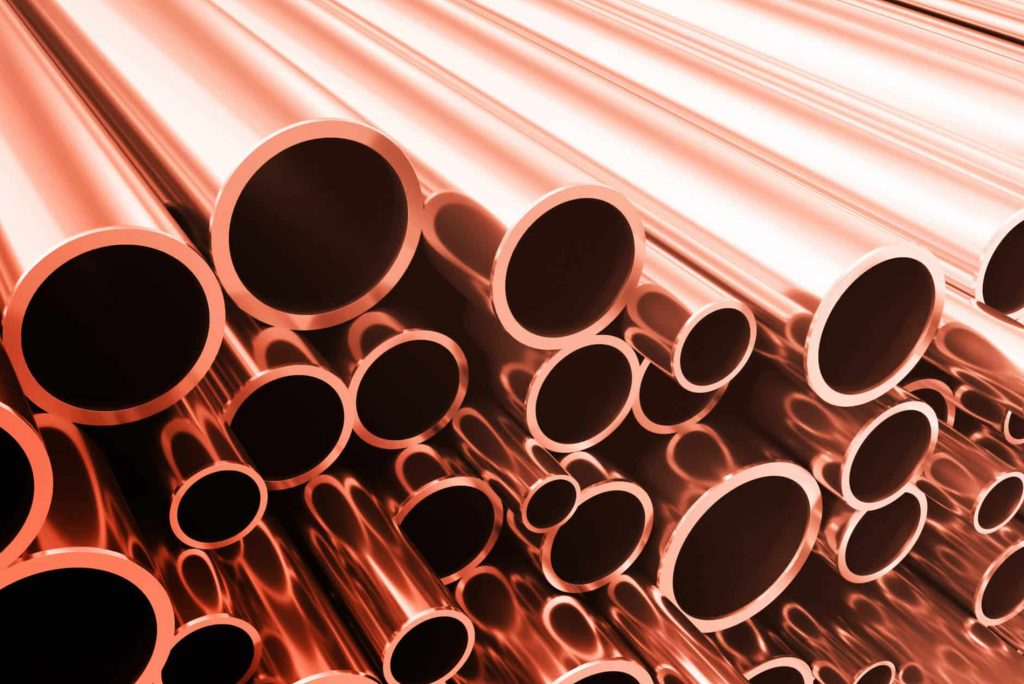
Are Copper Pipes Safe? When considering piping options, a material’s safety should be a primary consideration along with reliability, durability and other performance factors. As a long-standing option for piping, it’s important for contractors, building owners, homeowners and municipal officials to understand how a material like copper measures up in terms of health, safety and […]
